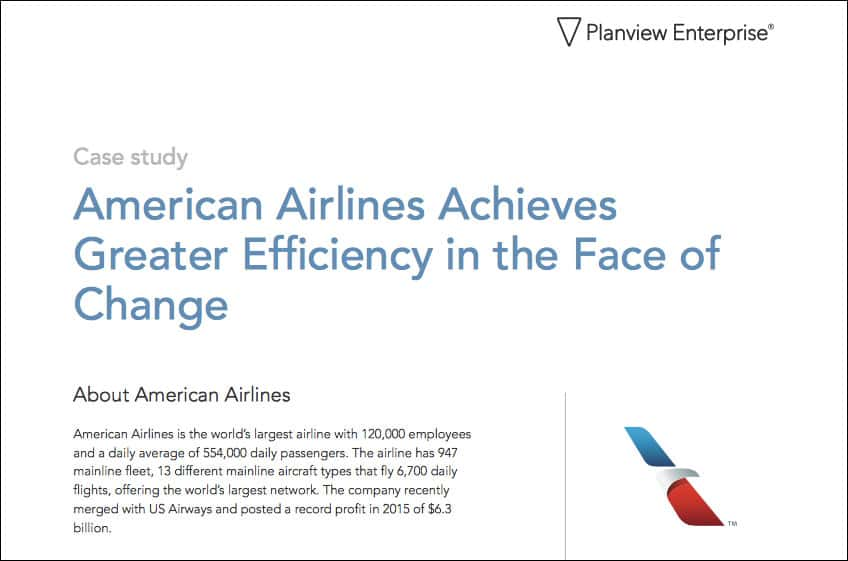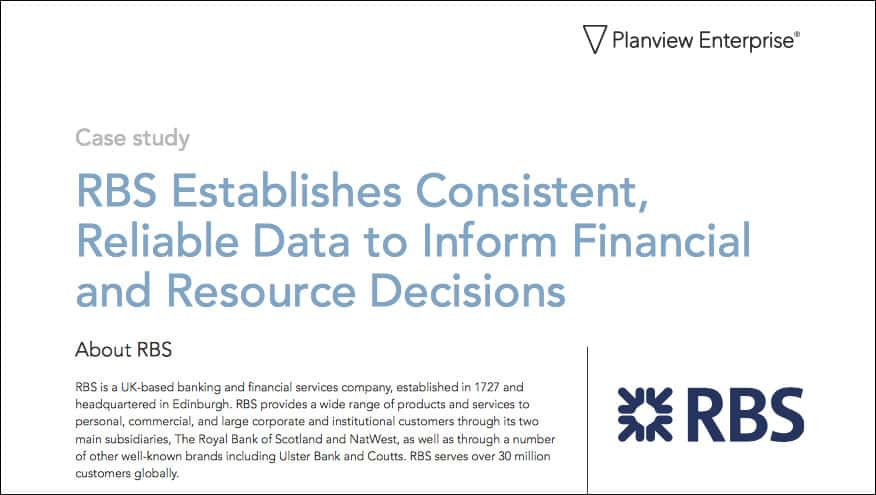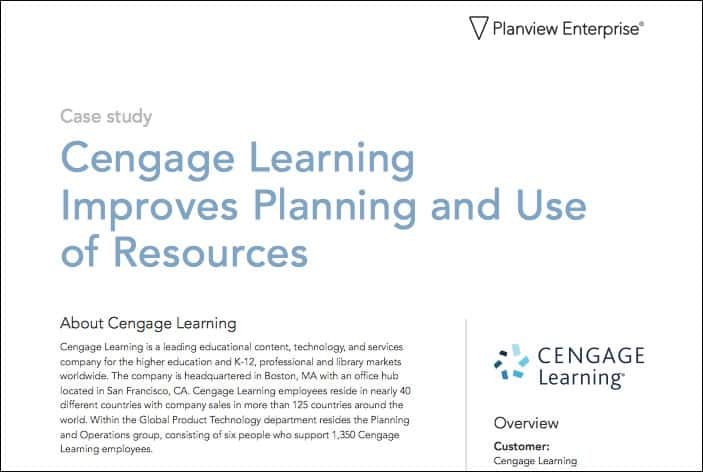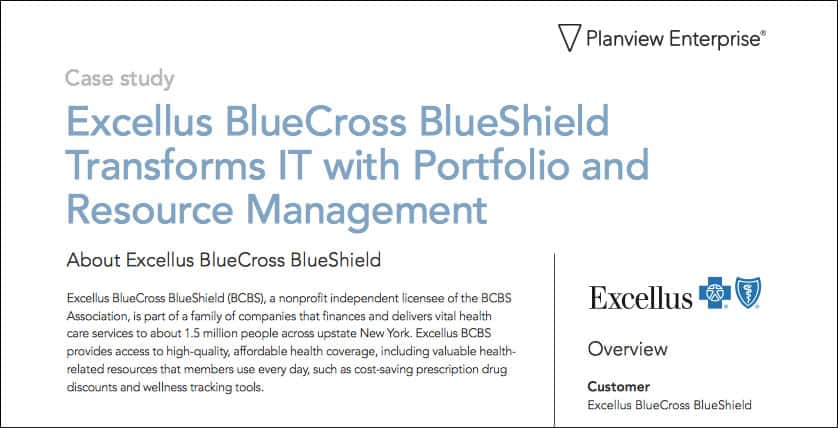
30 May Successful Projects in the World

OUR SOLUTIONS – YOUR PEOPLE – SUCCESSFUL PROJECTS
The “Structured Project Management” method is based on over 25 years of reserach on the best practices of successful projects as against the poor practices of failed projects.
- Building a real plan for your project
- Examining your project specific challenges and solutions to them
- Clearly defined deliverables and success metrics
- Current best practices in managing projects
- Much more predictability in terms of project delivery dates and budgets
- Projects completed as quickly and as cheaply as possible
Ten Steps to a Successful Project
Plan the Project
1.Figure out the Project Goal
2.Make a list of all Jobs
3.There must be One Leader
4.Resources – Assign People to Jobs
5.(a) Have a Safety Margin
- Contingency
- Risk Management
5.(b) Set the Stakeholders Expectations
Execute the Plan
6.Use an appropriate Leadership Style
7.Knows what’s going on (Tracking the Plan)
8.Tell people what’s going on (Reporting)
9.Repeat steps 1 to 8
10.Do a post mortem (Lessons Learnt)
Article written by Padraig Friel PM360Consulting
30th May 2021
10 Tips in Managing Successful Projects
Experts share the best project management tips to help every project manager cope up with the challenges that go with any project. These 10 tips can greatly help the project leader in managing successful projects:
1. Pin down project details
Ensure that your project is based on a solid foundation and fully supported by its key stakeholders. Make sure that you create a plan that outlines everything that the team needs to know such as their roles and responsibilities as well as the regular milestones. It is important that the goals and their key elements are closely aligned.
2. Prepare your team
A strong plan needs an effective team. Once you have assembled your team, organize the available resources and integrate their individual skills and personalities. Their talents and skills should be aligned with the project’s needs. Ensure clarity about their tasks so that they will be efficient in doing them.
3. Set realistic expectations
Establish measurable criteria for success. For endeavors that are long term, there must be milestones to determine if everybody is staying on track and ensuring that they don’t stray away from the project’s goals.
4. Embrace the roles of a project leader
Managing a project team is not only about assigning tasks and noting down project details. It is also about cultivating good and positive team dynamics. Inspire your team to success.
5. Practice effective time management
Among the keys to managing successful projects is to manage your time wisely. Create a to-do list to focus yourself on the achievement of objectives. Define critical project milestones and perform a real evaluation at the end of each phase.
6. Keep the communication lines open
Listen and engage with your team members. Be a team player and optimize your members’ expertise. Check on the tools you need such as a collaborative project management software. Effective project management entails learning about the people who are essential in the success of the project.
7. Maintain pertinent documentation
Starting from the initiation until the milestones and going toward the end of the project, always keep relevant documents that ensure your project team has covered the expectations and deliverables.
8. Manage project risks
Successful project management entails risk management. Foreseeing imminent risk is important so that corrective action can be taken. Identify project risks at the start of the project and control them before they get out of hand.
9. Manage scope creep
One of the best project management best practices is avoiding scope creep. These are the new elements added to an approved project but without consideration in terms of budget increase.
10. Evaluate the project when complete
Evaluating the project management process can help assess the overall performance so that the team learns from it in the next venture.
https://www.nutcache.com/blog/10-tips-managing-successful-projects/
5 Real-World Successful Project Management Examples
- American Airlines merger with US Airways created an overlap in technology and programs. They knew
 spreadsheets were insufficient for managing resources and complex projects. To gain visibility into the broader divisional and global priorities, they began using portfolio and resource management for time entry, resource management, and capacity planning. As a result, the airline went from capitalizing 10 percent of their IT labor to 20 percent, which equated to a multi-million-dollar net positive impact on their balance sheet. Now, they have access to better, more reliable data to make critical decisions on projects and resources.
spreadsheets were insufficient for managing resources and complex projects. To gain visibility into the broader divisional and global priorities, they began using portfolio and resource management for time entry, resource management, and capacity planning. As a result, the airline went from capitalizing 10 percent of their IT labor to 20 percent, which equated to a multi-million-dollar net positive impact on their balance sheet. Now, they have access to better, more reliable data to make critical decisions on projects and resources. - The Royal Bank of Scotland (RBS) needed to establish consistent, reliable data to inform financial and resource decisions. They chose portfolio a
 nd resource management to drive consistency as they decommissioned 35 legacy systems, 50+ user-developed tools, and hundreds of spreadsheets. With data in different formats and hundreds of projects managed by different systems, they wanted to get a grip on their data to see their total portfolio more clearly. They could deliver on their business case and achieve ROI within 12 months. Along the way, they’ve improved transparency and reduced costs in each business unit.
nd resource management to drive consistency as they decommissioned 35 legacy systems, 50+ user-developed tools, and hundreds of spreadsheets. With data in different formats and hundreds of projects managed by different systems, they wanted to get a grip on their data to see their total portfolio more clearly. They could deliver on their business case and achieve ROI within 12 months. Along the way, they’ve improved transparency and reduced costs in each business unit. - Cengage Learning was unable to forecast capacity effectively. Managing projects and resources with
 spreadsheets was creating complexity for the medical and education publishing company. They wanted to integrate the planning and execution stages of product delivery. They chose portfolio and resource management investment and capacity planning to show executives all the great work they could tackle if they just had the sufficient resources. Now, they can prioritize and push projects down the timeline and more easily identify which groups need new hires.
spreadsheets was creating complexity for the medical and education publishing company. They wanted to integrate the planning and execution stages of product delivery. They chose portfolio and resource management investment and capacity planning to show executives all the great work they could tackle if they just had the sufficient resources. Now, they can prioritize and push projects down the timeline and more easily identify which groups need new hires. - Excellus BlueCross BlueShield had limited visibility into resource capacity as many decisions were based on inaccurate data. They chose portfolio and resource
 management to improve data quality and drive better project choice. As a result, their timesheet submission rate improved to 99 percent. Now, senior leadership has greater visibility into portfolios to ensure compliance. Data-driven decisions and labor forecast can be based on actuals versus outdated resource structures. With the portfolio properly aligned with resource capacity, the health insurer is more capable of delivering work on time.
management to improve data quality and drive better project choice. As a result, their timesheet submission rate improved to 99 percent. Now, senior leadership has greater visibility into portfolios to ensure compliance. Data-driven decisions and labor forecast can be based on actuals versus outdated resource structures. With the portfolio properly aligned with resource capacity, the health insurer is more capable of delivering work on time. - Flowserve, a large manufacturer with 19,000 employees, wanted to drive new product growth and gain insights to improve their decision making. They were struggling to optimize labor productivity, track projects, and control costs. With portfolio and resource management, Flowserve has become nimble and delivers products to market more quickly. Using an automated gate review process, they are now better able to manage work in the pipeline and speed time to market, which mitigates launch delays. This allows them to control costs and measure success more effectively.
Article written by Leyna O’Quinn 2018
www.planview.com/blog
Five of the Biggest Projects in the World
Project management can help increase project success by using strategies, techniques, methodologies and resources to guide project design and execution. It can also enable the systematic completion of work within budget and scope parameters by minimizing risk and by meeting or exceeding the expectations of stakeholders.
Project management can be used to complete small or large-scale jobs, ranging from building skyscrapers to transit systems. Here’s a look at the five biggest projects in the world, including their progress or completion time and building specifics.
Sky City 1000
This architectural project was first proposed in 1989 as a giant skyscraper in the city of Tokyo. The 1,000-meter-tall structure, which has yet to be built by Takenaka Construction Co. Ltd., is envisioned as an architectural marvel with 14 aerial bases, called Space Plateaus, stacked on top of each other. Each Space Plateau will be designed to house commercial offices, public amenities like movie theaters and community needs such as classrooms. The current plan calls for 35,000 people to live full time in the building with another 100,000 people working there.
New York Subway System
Since its opening in 1904, the New York Subway System has grown to be one of the world’s largest and most diverse transit systems. In the early 20th century, a five-cent fare could take passengers from City Hall to 145th Street and Broadway. Today, a 30-day unlimited travel card typically costs $112 and allows passengers to ride across 656 miles of track. The system runs underground (277 stations) and elevated (155) and incorporates a maze of bridges (68) and underwater tunnels (14). It operates via an extensive network of 11,450 signals, relays (250,000) and switches (2,637) and uses 1.8 billion kilowatt hours of electricity annually – roughly what it would take to light up the City of Buffalo for a whole year.
The Big Dig
Referred to as, “America’s most ambitious public works project,” The Big Dig was a 19-year highway project, largely completed in early 2006. It was designed to relieve traffic congestion and enhance mobility in the Boston area. Apropos to its name, the project required the excavation of approximately 16 million cubic yards of dirt in order to build 161 lanes of highway, half in tunnels, in a 7.5 mile corridor.
Removing that much dirt (which could fill a stadium to the rim 16 times) took more than 541,000 truckloads, much of which went to landfills. While dirt was being removed, concrete was placed – over 3.8 million cubic yards of it, or enough to build a sidewalk three feet wide and four inches thick that would run between Boston to San Francisco three times.
Three Gorges Dam
China embarked on the largest water conservation project in the world with its hydroelectric Three Gorges Dam, which spans the Yangtze River. The project entailed the removal of 102.59 million cubic meters of stone and earth and mixing and pouring 27.15 million cubic meters of cement. Structurally, it involved the erection of 281,000 tons of metal structures.
Some 354,000 tons of reinforcing bars were made and erected, along with 231 square meters of leak-proof concrete walls. In addition to serving as a power source, the dam was also intended to increase the Yangtze River’s shipping capacity and reduce the frequency of flooding, with its flood storage capacity of 22 cubic kilometers.
International Space Station
The International Space Station serves as both an orbiting laboratory and a port for various spacecraft. In addition, more than 200 astronauts from around the world have visited this galactic destination since it was launched in 2000.
Spanning the area of a United States football field, its module length is 167.3 feet, truss length 357.5 feet, solar array length 239.4 feet, and its mass is approximately 925,000 pounds. The station’s habitable volume is 13,696 cubic feet and its pressurized volume is 32,333 cubic feet (equal to a Boeing 747).
Article written on https://www.villanovau.com/resources/project-management
19th March 2020
